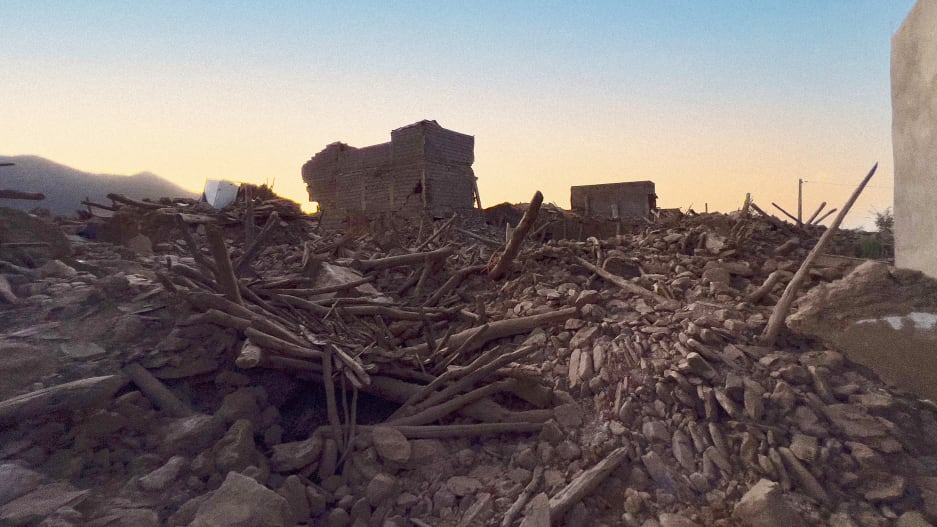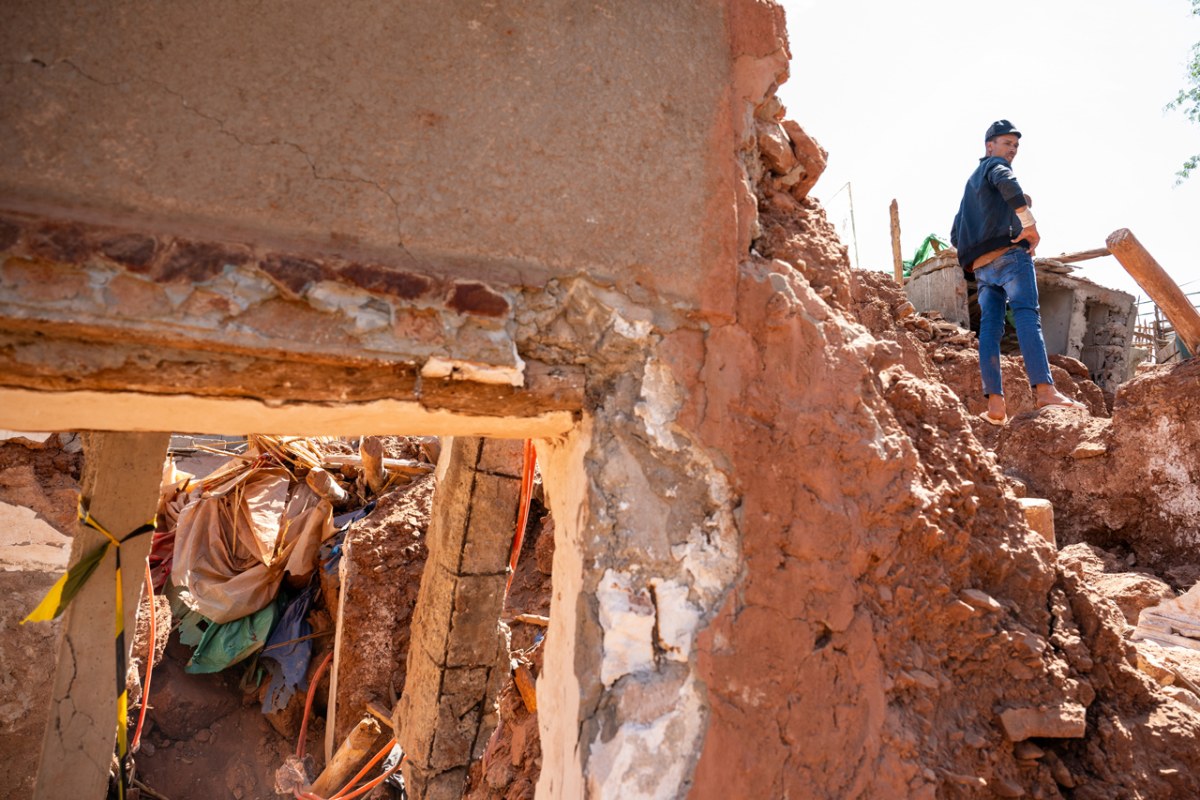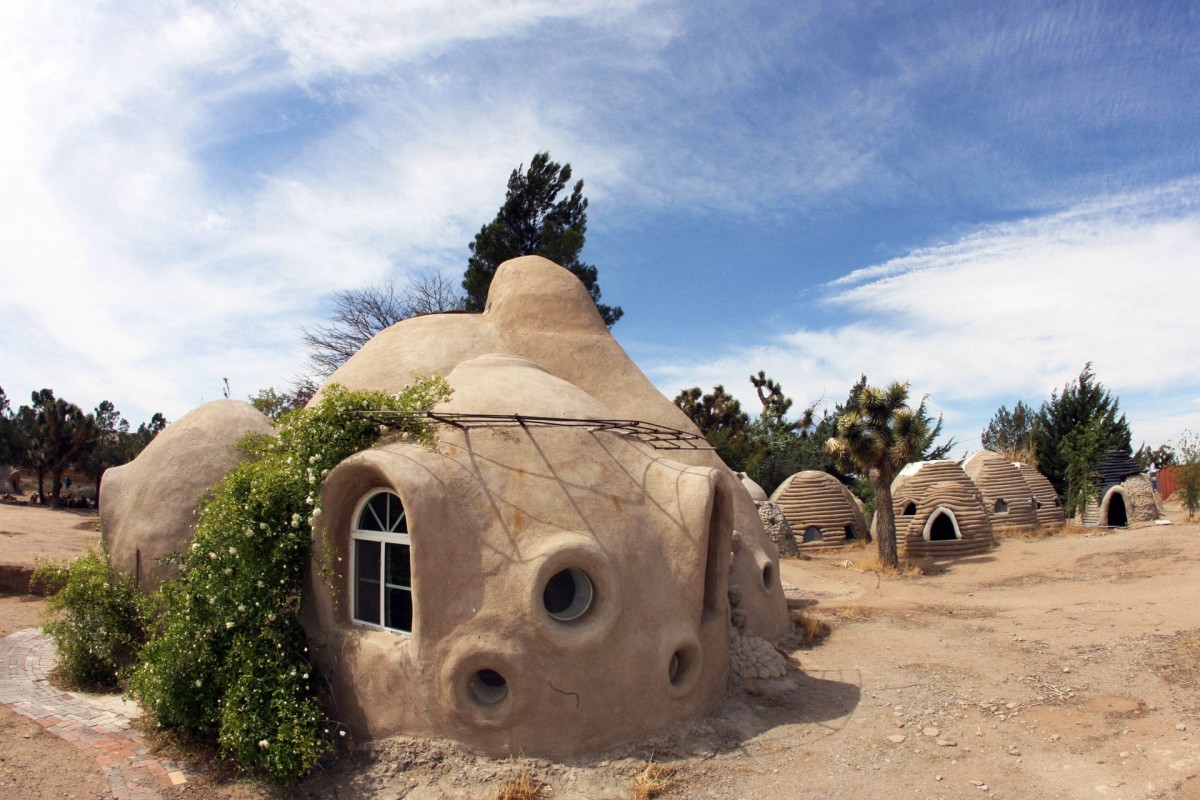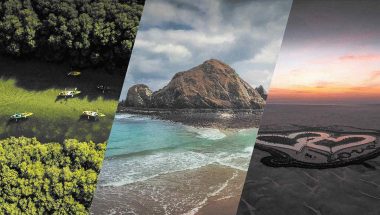- | 8:00 am
An earthquake crumpled Morocco’s mud brick houses, but this isn’t the end of adobe
The 10,000-year-old material isn’t naturally earthquake-resistant—but it can be.

Every time the earth shakes, an astute phrase comes back like a refrain: Earthquakes don’t kill people—buildings do. Such was the case in Turkey and Syria earlier this year, and in Morocco just recently, where 2,900 people (and counting) died under the crumbled weight of their own homes.
There’s a reason the refrain exists, and that’s because it’s true. In Turkey, the earthquake exposed the corrupted politicians who had turned a blind eye to building code violations. In Morocco, it underscored the vulnerable nature of mud brick, or adobe—a widely used material that defines Moroccan architecture and draws millions of tourists to cities like Marrakech, Ouarzazate, and Ait Benhaddou.
The problem with adobe, as many have pointed out, is that it is heavy and brittle, and therefore breaks without warning. According to Mehrdad Sasani, a professor of civil and environmental engineering at Northeastern University, conventional adobe houses also lack the kind of reinforcing components that would give a building structural integrity and prevent, say, the roof from collapsing under lateral loads.

This sad reality has raised concerns about the future of adobe. As an Amazigh Indigenous scholar from southern Morocco recently wrote: “[The earthquake] will forever change methods of construction in the High Atlas. An architectural style may be lost in order to rightly protect lives against other earthquakes in the future.”
However, this isn’t end of adobe, a 10,000-year-old material that keeps buildings cool in the summer and warm in the winter. It is low-cost and environmentally friendly, and though it isn’t naturally earthquake-proof, it can be retrofitted—it has to be.
About 30% of the world’s population (and 50% of people in developing countries) live in earthen structures made of adobe, rammed earth, or similar materials. By and large, adobe is the material of choice for low-income rural populations in some of the world’s most seismic regions across Latin America, the Middle East, and the Indian subcontinent. And while many cities have figured out higher-tech solutions like reinforced concrete, shock absorbers, carbon fiber wraps, and even air cushions under levitating homes, this type of construction isn’t feasible for many communities on the planet.
“Reinforced concrete in rural areas is not going to happen,” Sasani says.
In many cases, it’s not even necessary. At the Catholic University of Peru, in a country where an estimated 60% of the houses are built of adobe or rammed earth, scientists have been researching how to reinforce adobe construction since the 1970s. At first, it started as an experiment in which various adobe modules were reinforced with chicken wire. Then it turned into training programs and tool kits teaching local residents, particularly those in remote villages, how to reinforce adobe houses by wrapping the walls in sheets of welded wire mesh or geogrid—the kind of molded plastic grid that is often used to stabilize slopes and prevent soil erosion.
According to a recent paper by Catholic University of Peru researchers, most adobe houses that were reinforced using welded wire mesh 20 years ago are still standing today, suggesting that the material could provide long-term seismic protection for adobe dwellings.

Meanwhile, in Central Mexico various architects have endorsed SuperAdobe, which sounds like a superhero material but is, in fact, a humble mixture of adobe that is fortified with lime, then compacted into sandbags that are piled on top of each other and bound with barbed wire. SuperAdobe was invented in the 1980s by Iranian American architect Nader Khalili, and has since been used to build homes, refugee camps, and various structures (most of them dome-shaped) that have withstood earthquakes of up to 7.2 magnitude.
For Sasani, who is originally from Iran, the key is to understand local culture and building conventions. He references what happened in 1978, after a powerful earthquake in Tabas, Iran, killed 11,000 people (85% of its inhabitants). Until then, most buildings had been built using local materials like rammed earth, but instead of following local practices and retrofitting these houses, Sasani says those who rebuilt the village turned to concrete blocks.
“After five, ten years, those blocks were standing in the middle of the desert and none were used because they are not usable unless you go there and also give them air-conditioning,” he says. “That is not sustainable.”
For now, it’s too early to say how Morocco will go about reconstructing its houses as rescue teams are still searching through rubble for survivors. But when reconstruction does begin, many residents in the remote villages of the High Atlas mountains will likely have to rebuild on their own and without the help of an architect, as they have in the past. If and when that happens, Sasani says, the government could provide either subsidies for materials or, even better, teach local communities how to retrofit their own houses, much like various organizations have been doing in Peru.
“That is sustainable,” he says. “That can have impact across the world.”








































